Weaving Wonders: The Textiles of Ethel Stein
American textile artist Ethel Stein merged historical weaving techniques with dazzling geometric designs influenced by the Bauhaus School in a career spanning more than six decades. Throughout this time, she demonstrated a remarkable ability to weave simple, elegant designs that balance ordered geometry with off-kilter, destabilized elements of chaos. Little wonder then, that her art has appeared in Cooper Hewitt, the American Craft Museum in New York, and the Metropolitan Museum of Modern Art. Lucy A. Commoner, former head of conservation at Cooper Hewitt, observed, “Perhaps more than any other significant textile artist of the 20th century, Ethel Stein’s work grew out of her study of historical textile techniques that she decoded to achieve an extraordinary freedom of expression.”
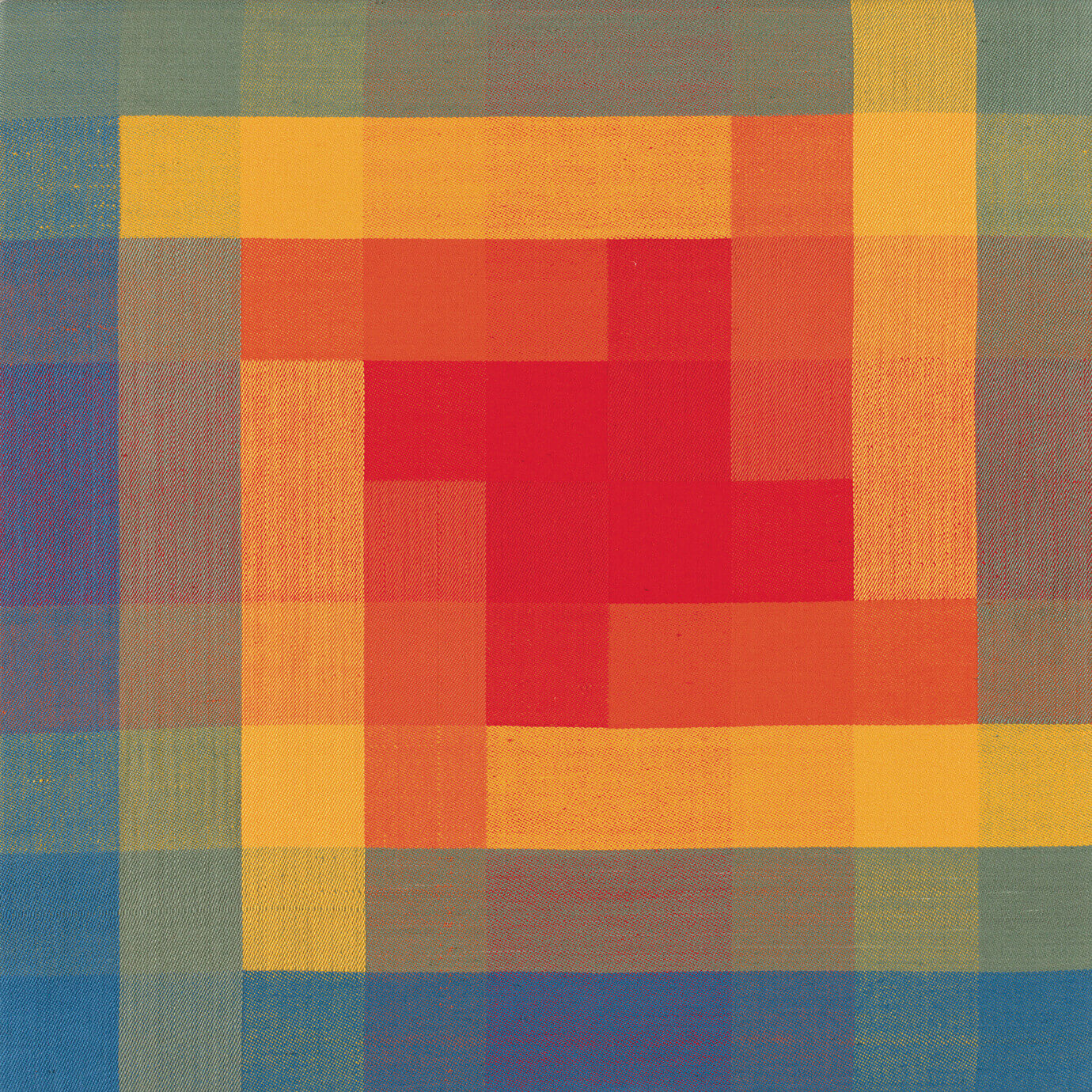
Red, Yellow, Blue, Green, Orange III, 1995. The Art Institute of Chicago. Gift of Ethel Stein. © Ethel Stein
Stein was born Ethel Levy in 1917, and raised by her aunt and uncle Ella and Abbo Ostrowsky in New York. She studied for several years at the experimental Hessian Hills School in Croton-on-Hudson, followed by work as an assistant at the Educational Alliance Art School in Manhattan where her uncle was director. During the 1930s Ethel moved to Cambridge in Massachusetts where she took up art lessons with the former Bauhaus teacher Josef Albers, whose conceptual understanding of colour theory was to have a profound impact on her approach to making art.
Early in her career, Ethel was primarily drawn to sculpture, but after meeting and marrying her husband, the architect Richard G Stein, and settling in Croton-on Hudson, Stein found herself increasingly interested in textiles. While she received no formal training in textiles, Stein spent an extensive period of time throughout the 1970s examining the textiles in the Cooper Hewitt, Smithsonian Design Museum’s collection, sometimes peering at their details under a microscope, and making detailed sketches of the structures she observed. The artefacts she examined ranged from ancient to modern, and they gave her an entrenched understanding of how textile masters of the past and present had put together their work.
Stein demonstrated the same meticulous observational eye to her textile designs, hand-dyeing threads and making painstaking mathematical studies in order to work out her textiles to the very last detail. Stein worked primarily on a contemporary draw loom, experimenting with a variety of weaving techniques including damask structures and ikat yarns. Whether working with representational or abstract motifs, Stein’s work was characterized by a sophisticated simplicity of design, typifying the understated style of the mid-century modern era.
Her approach to colour varied from one motif to the next – sometimes she focussed on the subtle nuances between two or three tones, experimenting in painterly ways with how shades of thread could appear to bleed into one another and create the illusion of depth and space. In other works, she toyed with a range of brighter hues, noting, much like Josef Albers did, how colours could interact with and change one another when arranged side-by-side into grid-like formations. The invocation of movement was another playful trick that Stein embedded into many of her best-known weavings, with geometric blocks that appear to tumble apart like a tower of bricks, or the inclusion of slanted, angular elements that create lively, optical effects.
While many of Stein’s peers were beginning to lift the act of weaving away from the wall and into three-dimensional space, her determined emphasis on traditional means of making gave her the room to experiment instead with elegantly nuanced, intelligently considered designs. Daniel Walker, former chairman of the department of textiles at the Art Institute of Chicago called the most memorable aspects of her legacy, “seemingly simple patterns based on geometry and shading, whose apparent simplicity has been made possible only because of the technical complexity of the weaving.”





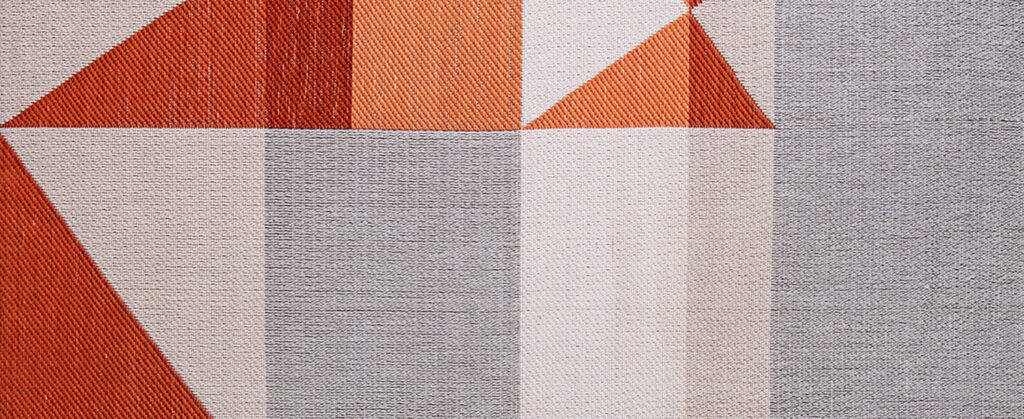
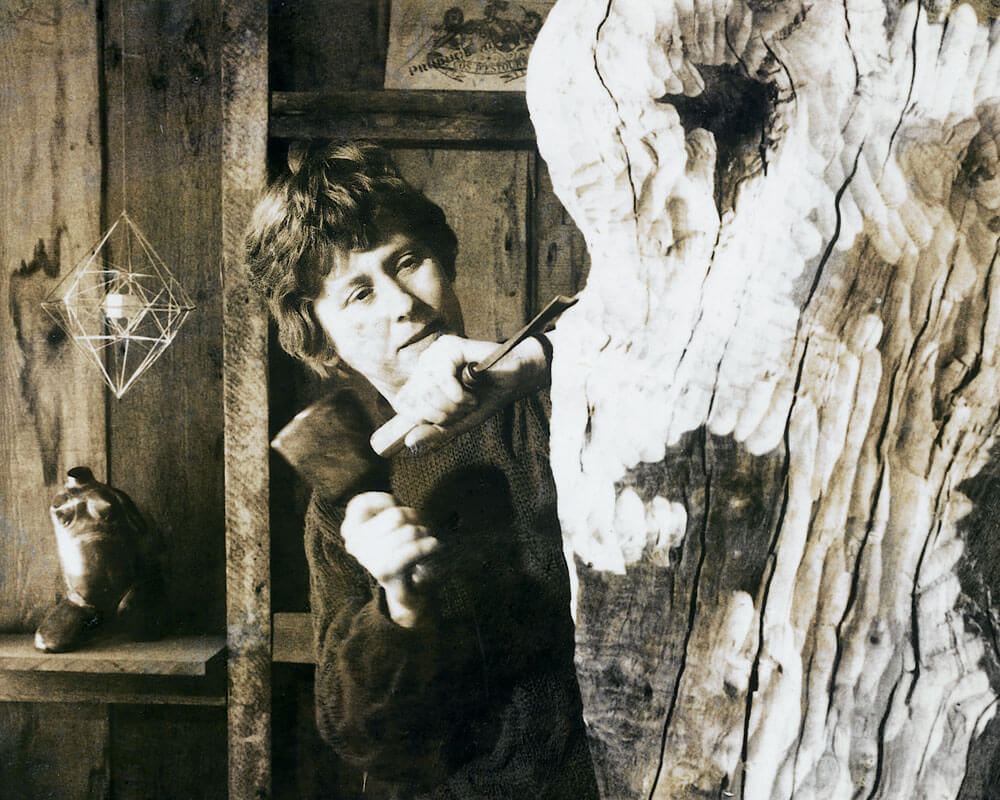
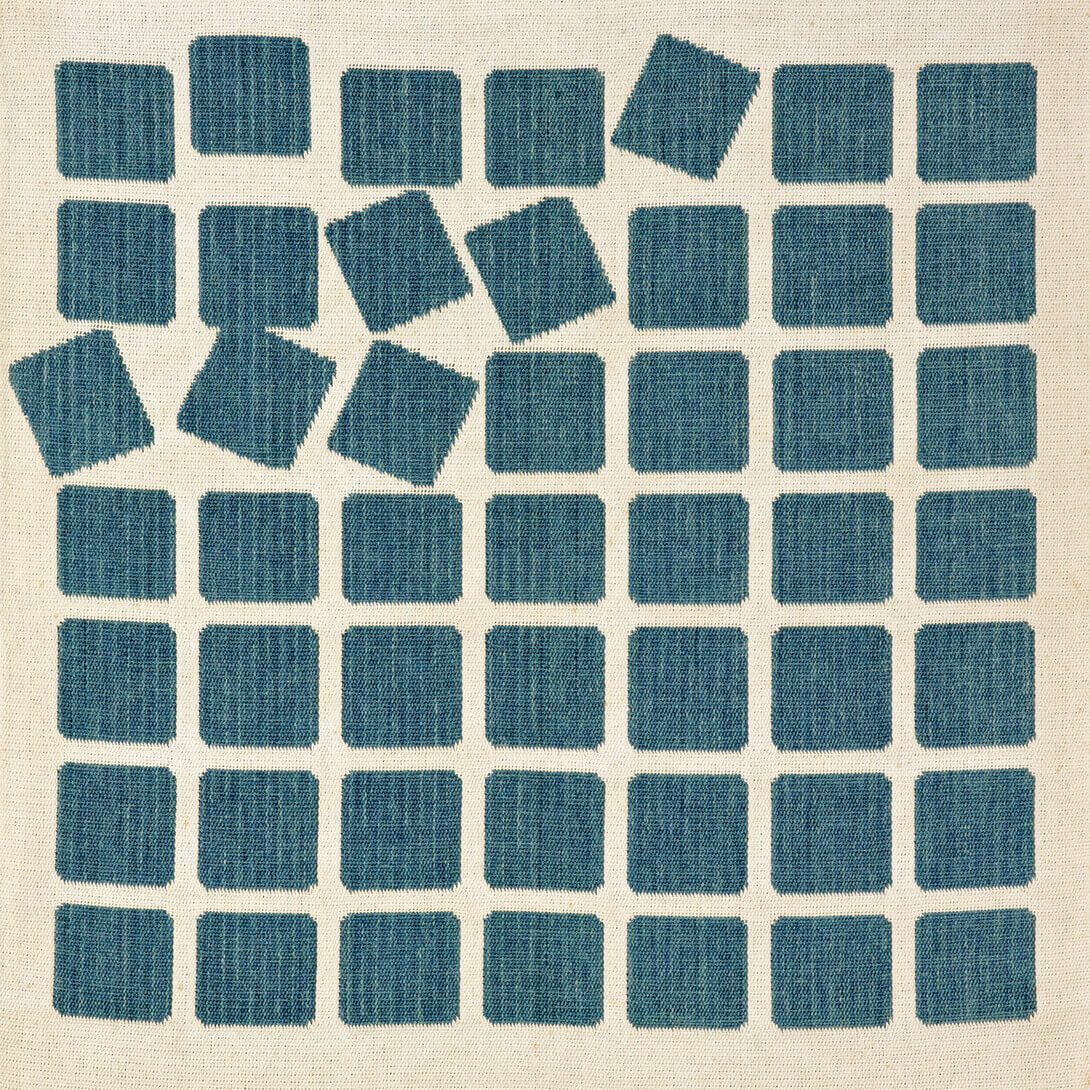
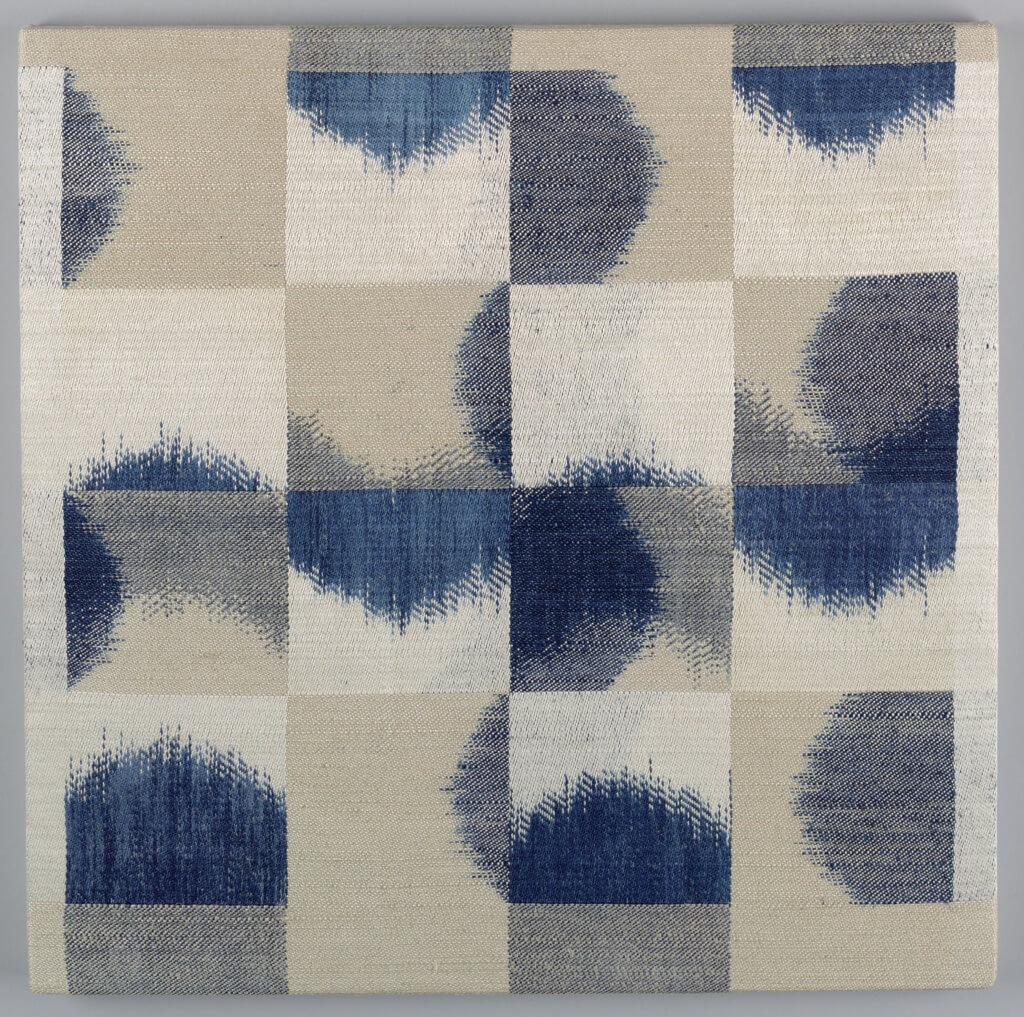




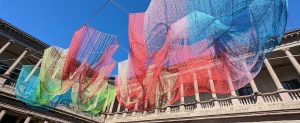


















3 Comments
Jean kathleen Laurila
Did Jack Lenor Larsen have any influence on Ms. stein? He did research on indigenous weaving and printing methods, although he used them for commercial – although artful – objectives.
Kathleen Smith
I love these stories about female artists. Women never get enough attention for their accomplishments.
Cassandra Tondro
Wonderful! I love these articles on innovative weavers from the last century. Thank you sharing sharing the work of Ethel Stein. I had not heard of her before.